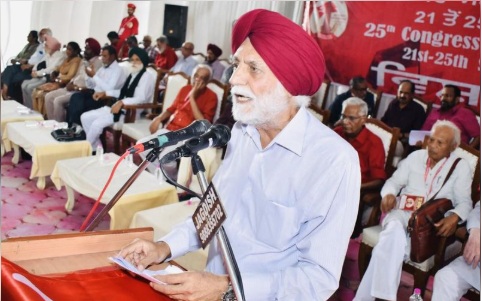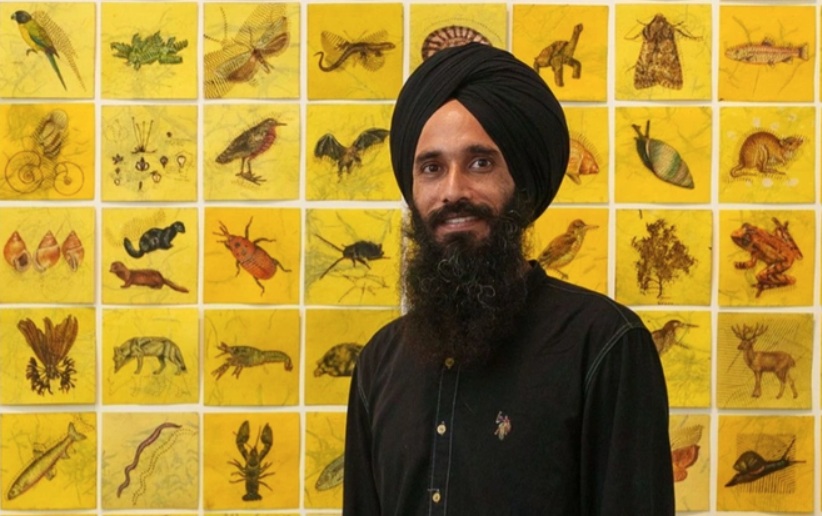Leaders of the Communist Party of India (CPI), speaking at its 25th Congress, have demanded that Chandigarh be given to Panjab. CPI leaders pointed out that Chandigarh was built by displacing Panjabi villages to serve as the capital of Panjab. The resolution also demanded that Panjabi be granted the status of the official language in Chandigarh. This year, CPI is celebrating a century of its existence, but the story of its Panjab unit starts two decades earlier and a decade before the Russian Revolution, 1917. Movements like the Pagri Sambhal Jatta (Peasant, Save your Turban, 1907) in Panjab and a largely Panjabi movement Ghadar (Rebellion, 1913) in North America had already profoundly influenced Panjab's culture and tradition. In Feb 1926, the Panjabi monthly newspaper Kirti (Worker) was launched to support proletariat activities. Its first meeting was organized and the red flag unfurled at Sikh Missionary College, Amritsar, on 1 May 1926. Kirti Kisan Party (Worker Peasant Party) was founded in September 1928 as the first organizational structure for the beginning of the Communist movement in Panjab. Many Gurdwara Reform movement leaders later joined the freedom struggle and worked alongside Communists, including Comrades Teja Singh Sutantar and Sohan Singh Josh. Besides the Akali and Gurdwara Reform movements, a large part of the Communist leadership came from the militant Babbar Akali movement against the British. Another important figure in pre-Independence Panjab was Sardar Sewa Singh Thikriwala, associated with the Praja Mandal Lehar (People's Movement), who strongly opposed feudal repression in Patiala state. In 1937, the Punjab Kisan Sabha was founded to mobilize peasants against exploitation by landlords and British authorities. By October 1938, over 73K members had joined it, with 200K primary units and 385 delegates. Harkishan Singh Surjeet, who was 22 years old then, was appointed its secretary. In the 1937 elections, 7 Communist leaders entered the Panjab Assembly. The differences between Sikh activists and Communists grew stark in the militancy years (1978-1993) when communists sided with the state though in 1942, Surjeet had been in favor of Sikh homeland. Presently, a number of farmer unions embody the communist ideology but not of the CPI flavor.


Like what you're reading? Subscribe to our top stories.
Liv Forum provides a digest of analysis on major issues facing Indian (East) Panjab and Sikhs globally.
In accordance with our Privacy Policy, we will never share or sell the information of our subscribers.


.jpg)


.jpg)
